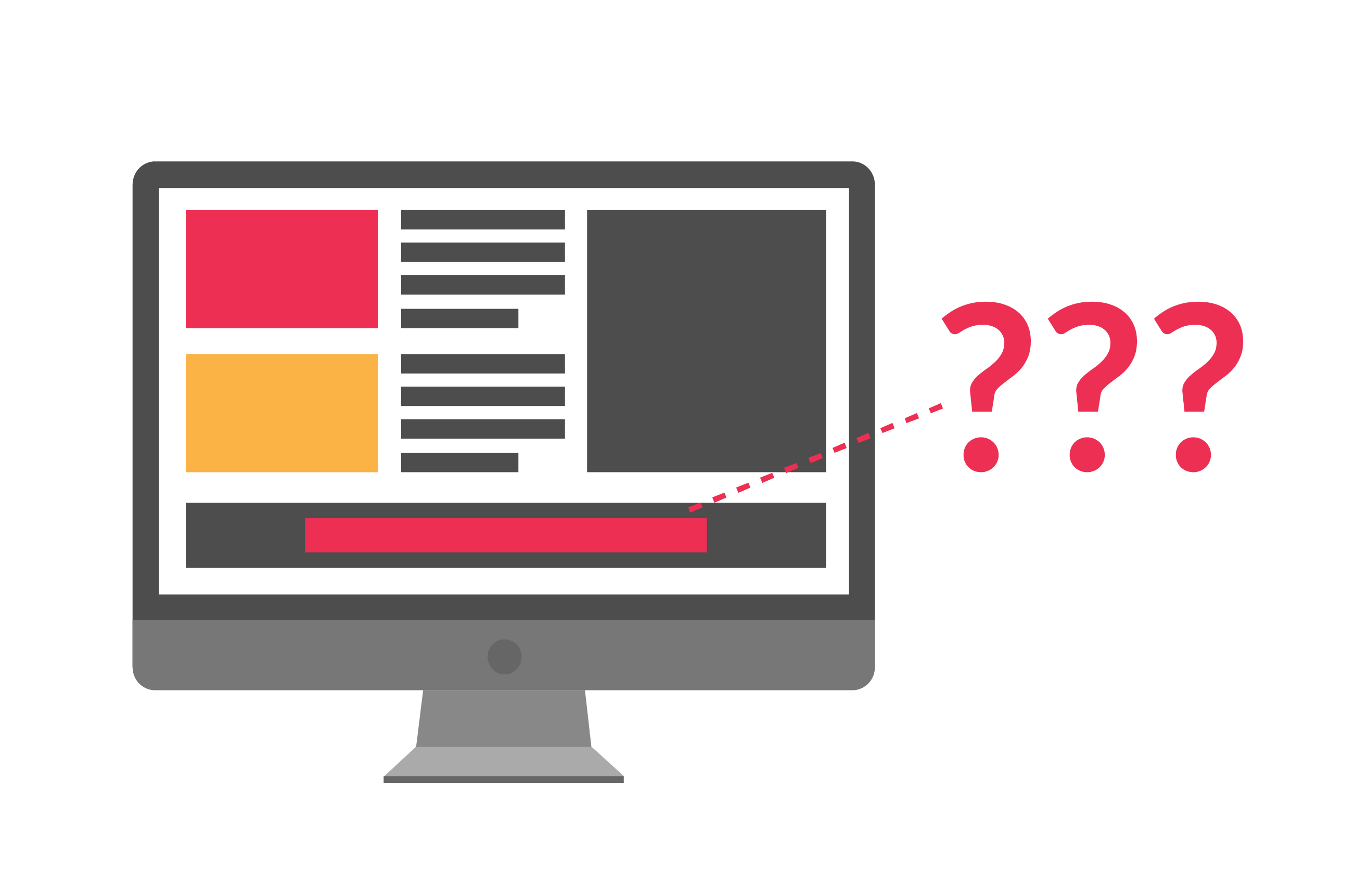How did Adwords change bidding at the end of 2023? (performance analysis)
What is AdWords? Google AdWords, now known as Google Ads, is an online advertising platform by Google. It allows businesses…

Yieldbird specializes in 360° advertising management and programmatic ad – inventory optimization. That is why we work with clients in more than 30 countries across Asia, Europe, and Latin America.

The global company helps both independent and corporate publishers use standard and custom – developed programmatic strategies to maximize their revenue.
One of the most important and difficult aspects is the creation of an optimal site ad structure. It is a crucial task to allocate the right number of ad units for the highest potential profit. At the same time, you want to avoid overwhelming users with irrelevant content. This will shorten their visit or keep them from coming back.
Publishers also need to be aware of what kind of creative sizes are most popular in their main markets. Not having universal sizing in their architecture can make a difference in revenue performance by up to 40%.
High viewability rates are becoming more important from the advertiser’s perspective. Yieldbird tried to find products that could improve this metric without requiring much work on the web – development side.

Testing anchor ad performance on our publishers’ inventory seemed like a logical solution. It could bring good results, but also have a negative impact on the user experience. To know exactly what to expect, we performed a two-week test on four websites.
[mc4wp_form id=”407″]
We expected this ad unit to have high viewability, considering that it’s present on the user’s screen throughout their visit on the website. Its average result was over 92%. However, we did not expect that for some publishers, this addition would generate 120% additional revenue. Especially while having eight different ad units running on mobile and desktop.
Of course, such a huge uplift did not happen in all four cases. Still, for every case, the anchor ad was either the first or second-best ad unit on the site. Both in terms of revenue and rCPM.


We could expect the RPM and overall revenue to increase after the addition of another ad unit. However, most publishers were a little reluctant due to the potential negative impact on user behavior. They perceived anchor ads as a little too intrusive for their usual standards. Fortunately, our publishers were very positively surprised. Google Analytics data on average showed no signs of user churn. In our most proficient case, the page view/session rate was 3.2% higher than before the anchor ad implementation.
These factors combined convinced our publishers to leave the ad units on the live page after the test period. Then scale up for the full share of their traffic.

Using anchor ads proved that testing new solutions is the best way to verify the real impact of implemented changes.
“Implementation of the anchor ad on our publisher’s website allowed them to increase overall inventory viewability by 47%. This also led to a 24% higher rCPM on the open market and 17% higher share of private auctions in their transaction types. Making the final outcome of this change a 120% higher total revenue.” Bartek Oprządek – Customer Success Manager
We have measured the performance of each solution using the following quantity- and performance-related metrics:


Karol Jurga
Chief Revenue Officer
See it in action.